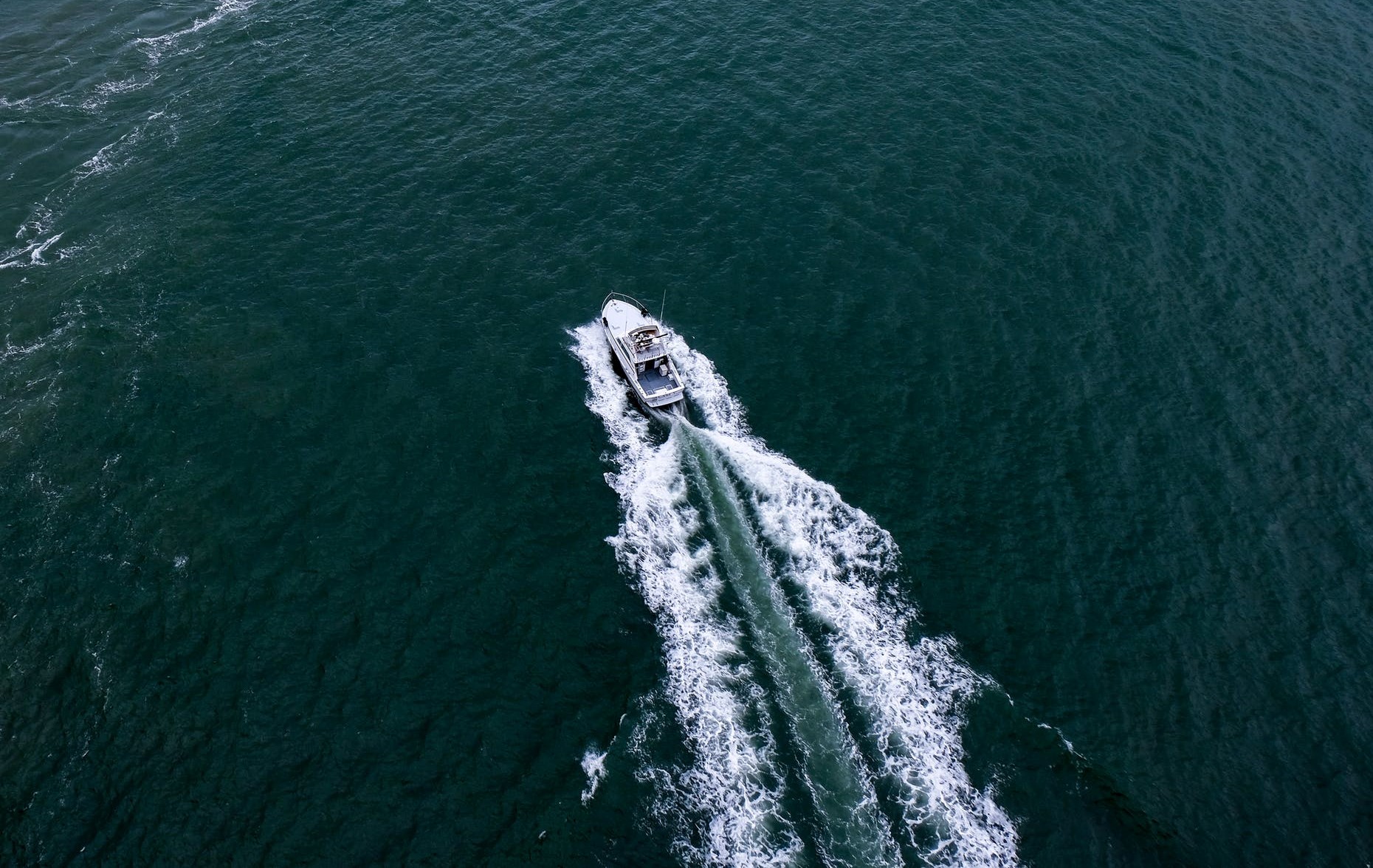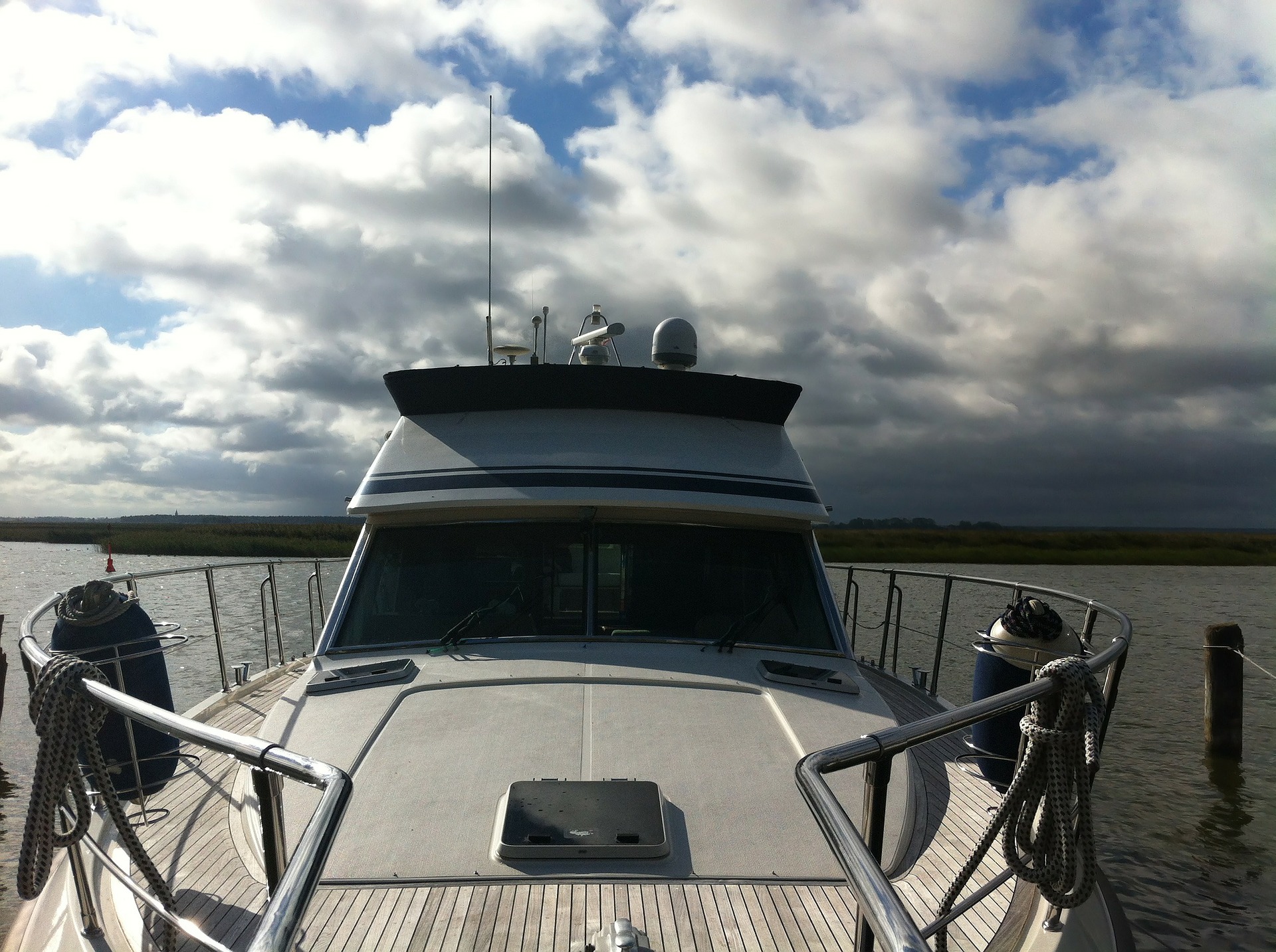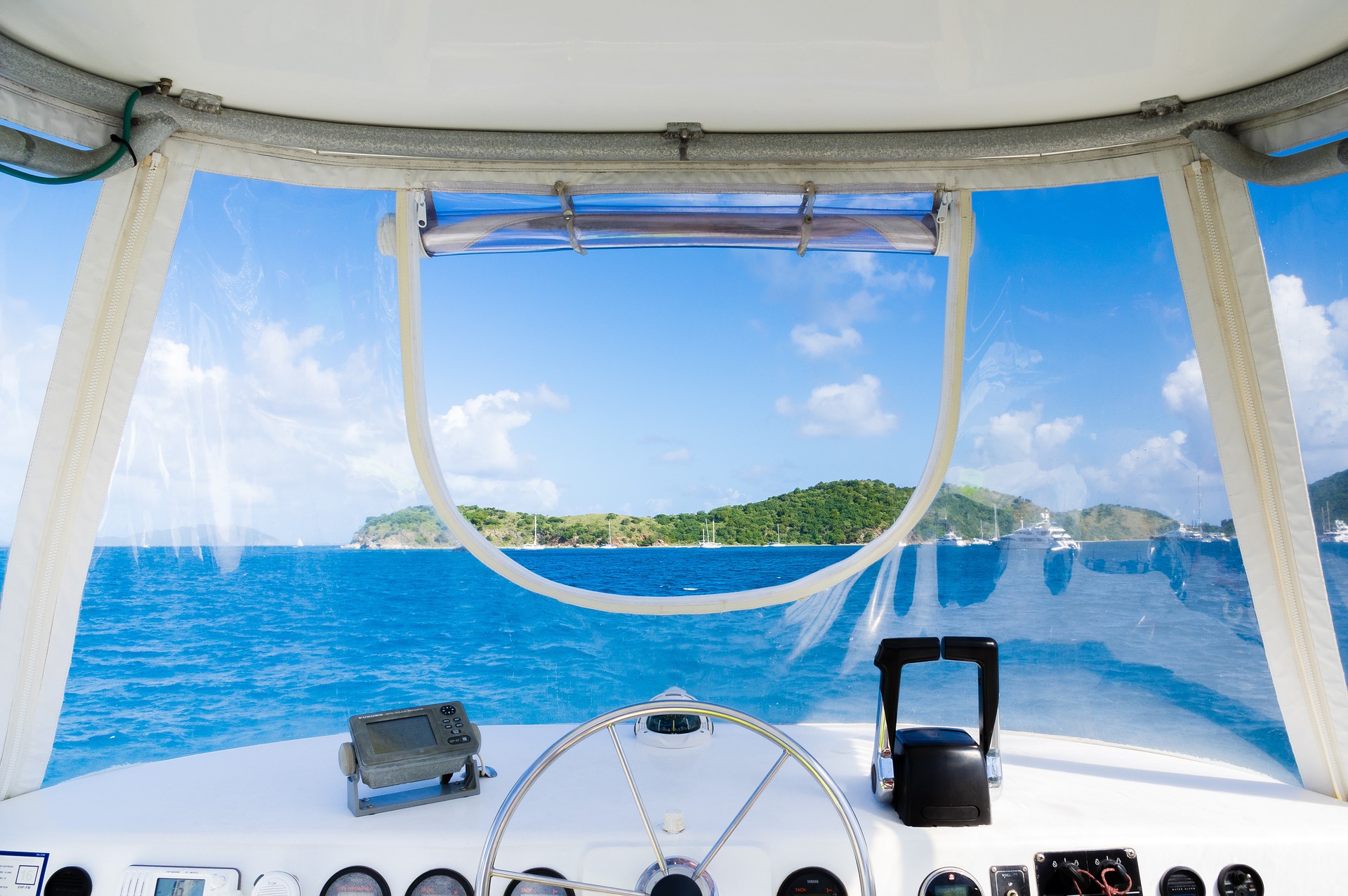
Are you a newbie and currently looking for some boat navigation guides?
As a beginner, there’s plenty of stuff that you should know before setting off to the sea and navigation should be on your priority list. Luckily, we’re here to discuss all the basic tips and guides to boat navigation.
TYPES OF MARINE NAVIGATION
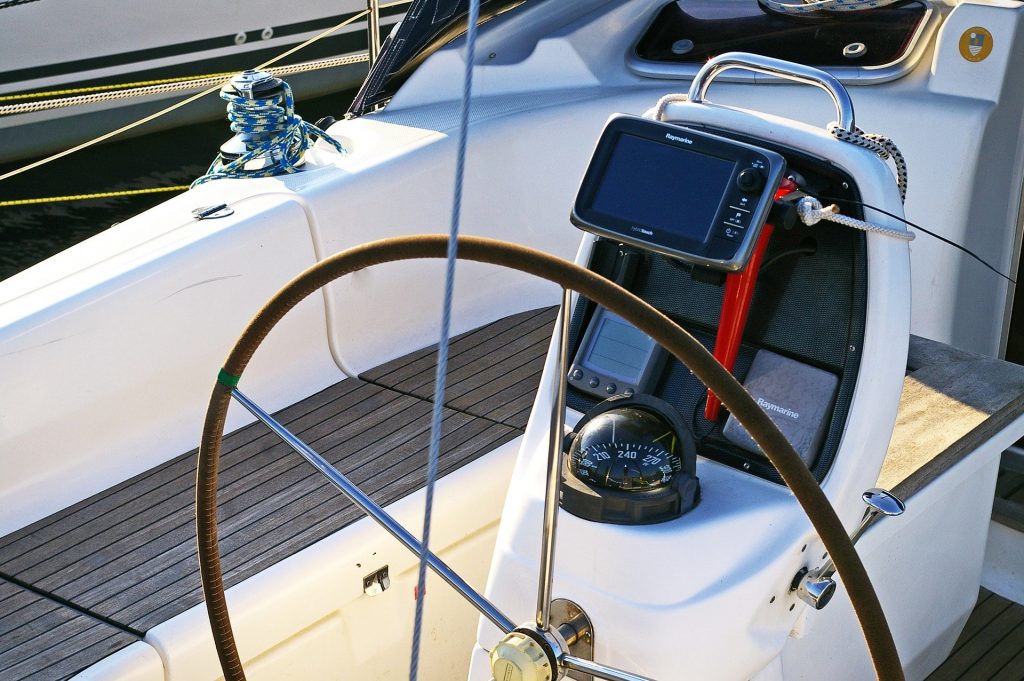
Electronic Marine Navigation
Since technology has been a part of our daily lives, navigating a boat became easier with the help of modern devices such as Chartplotters/GPS trackers. These devices help boaters see their real-time position, direction of travel, and speed.
Chartplotters also feature a virtual compass and can create a waypoint from the boaters’ current location to their destination. This also has an electronic map that will help you mark different routes.
Traditional Navigation
Though electronic marine navigation makes boaters’ lives easier, some boaters still prefer the traditional way. Let’s be real, there are times when electronics fail and give us incorrect information. To avoid these situations, boaters prefer to use traditional tools when navigating. These include:
- Parallel Rulers – drafting instruments that boaters use to draw parallel lines when plotting their route.
- Charts – depend on what waterway you’ll be traveling to. They’ll show you a graphic representation of coastal regions, depths of water, sea areas, heights of land, etc.
- Dividers – used for transferring, measuring and marking distances. Dividers help boaters measure distance in nautical miles.
- Compass – of course, when it comes to navigating having a compass is a must. This instrument shows the geographic cardinal directions and will help you determine whether you’re heading north, south, east or west.
HOW TO NAVIGATE A BOAT
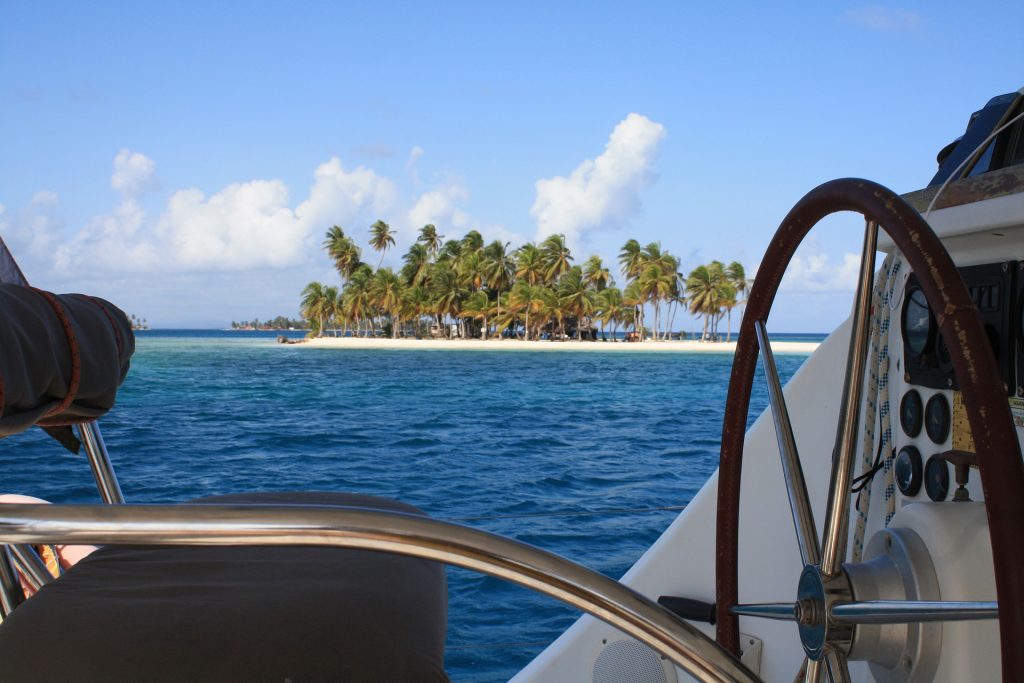
- The first step is to choose which method are you going to use: traditional or electronic navigation?
- If you’ll use traditional navigation, prepare your tools and plot your waypoint/route. If you’ll use your Chartplotter/GPS, start operating it by pushing the power button.
- Be mindful of your speed, real-time position and direction.
- Finalize your waypoints and create a route (from point A to point B)
- Be aware and remain within sight of land; observe landmarks as references.
NAVIGATION LIGHTS
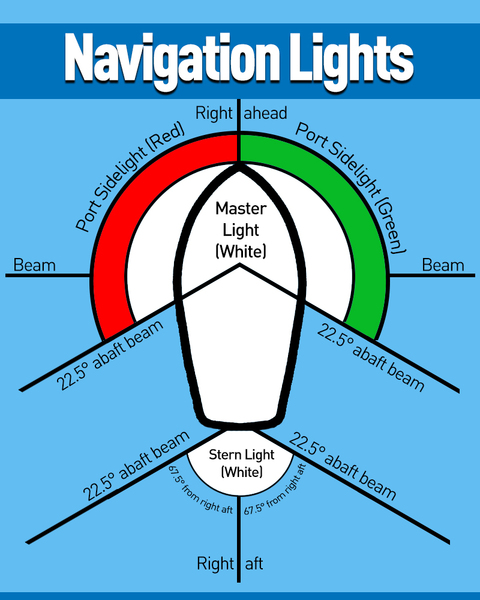
When it comes to navigation, having the right lights is essential. Whether you own a big boat or a small one, it’s required to prevent accidents.
The most common lights are the masthead lights, sidelights, stern lights and all-round white lights.
- Masthead Lights – this white light is required on all vessels and is located in front of the boat and should be visible across 225 degrees and from two miles away.
- Sidelights – these lights have two colors; the green light indicates a vessel’s starboard (right) side while the red light indicates a vessel’s port (left) side. These lights serve as a sign that another vessel is approaching.
- Sternlights – these white running lights shine at 135 degrees from the back of the boat. They also allow boaters to determine what direction a vessel is going.
- All-Round White Light – a 360-degree arc white light that shines brightly over the horizon. This light can serve as an anchor light if sidelights are off.
TYPES OF NAVIGATION AIDS
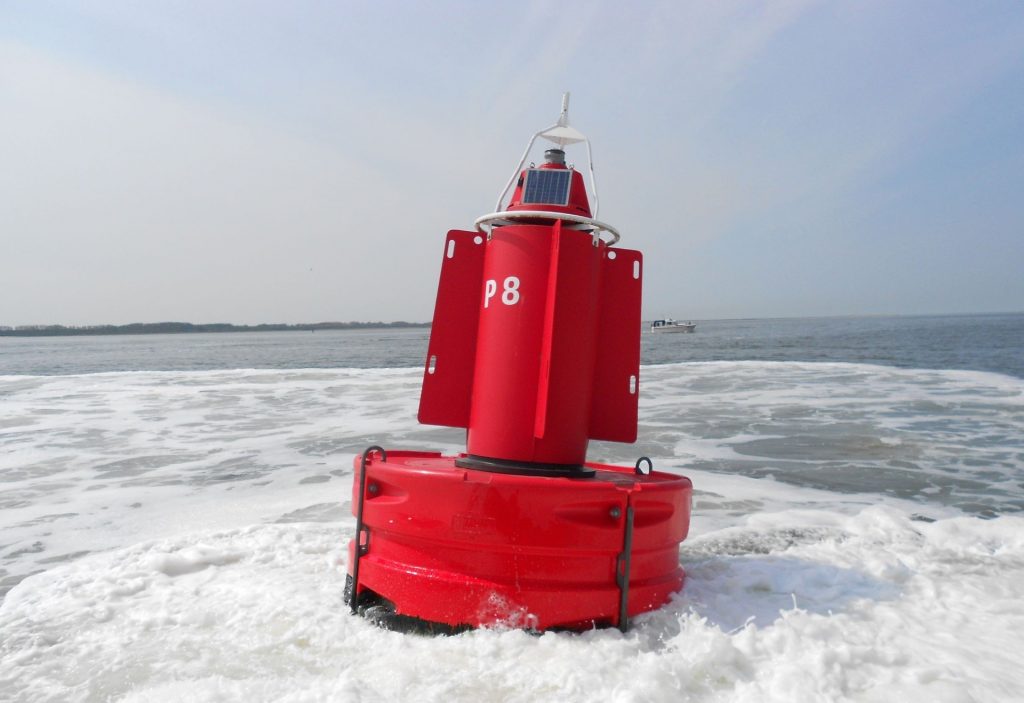
Navigation aids are simply like street signs, they serve as guides for boaters to prevent any unwanted events while on the water. Basic navigation aids include buoys, beacons, lights, fog signals, etc. To further understand, here are some examples and their uses:
- Port hand buoys – can be shaped like pillars, cans, or spars. These buoys are easy to determine due to their bright green lights which illuminate on top during the night. Their main purpose is to serve as a mark on the left side of the channel when heading upstream.
- Starboard hand buoys – red buoys that mark the right side of the channel when heading upstream. They’re usually cone-shaped and have red lights on top.
- Isolated danger buoys – are color black with red horizontal stripes buoy that signal a secluded danger on the water.
- Cautionary buoys – yellow buoys that tell dangers such as underwater structures, raceways, firing ranges, seaplane bases, etc.
- Junction day beacon – a diamond-shaped marker with a red border sign that informs boaters that there’s a common ground where it is safe to proceed either to port or to starboard.
NAVIGATION RULES
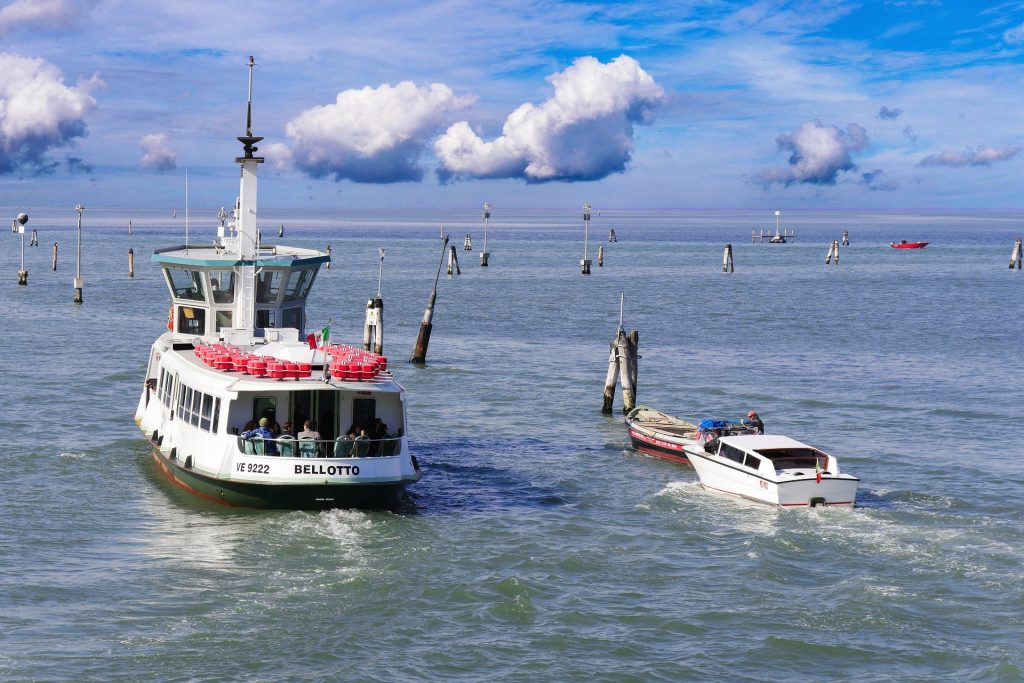
First and foremost, navigation rules and street rules are almost alike when it comes to their objectives. These rules help boaters to navigate safely and avoid boating accidents related to crossing, overtaking, head-on collision, etc.
In 2017, almost 4,300 recreational boat accidents were reported by the United States Coast Guard. Sad to say that these accidents simply reflect that a huge percent of boat owners are not familiar with navigation rules. For beginners, here are some important tips and rules to avoid collisions:
- Rule 13: Overtaking – if a vessel is overtaking your vessel, you should give way and act accordingly.
- Rule 15: Crossing Situation – if two vessels are crossing and might involve risk of collisions, the vessel which has the other on its starboard side should keep out of the way.
- Rule 16: Action by Give-way Vessel – if your vessel is asked by another vessel to keep out of the way, take early action and distance your boat.
CONCLUSION
Boaters have different techniques and devices that can personally help them during navigation. But keep in mind that as a boater you’re required to know all navigation rules to avoid mishaps during your boating trips.
Do you have some personal tips when it comes to navigating a boat? Share us your thoughts and comment below.
